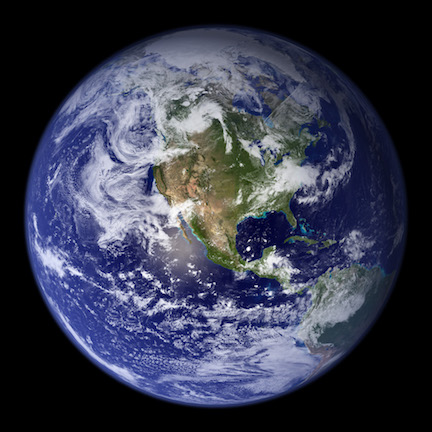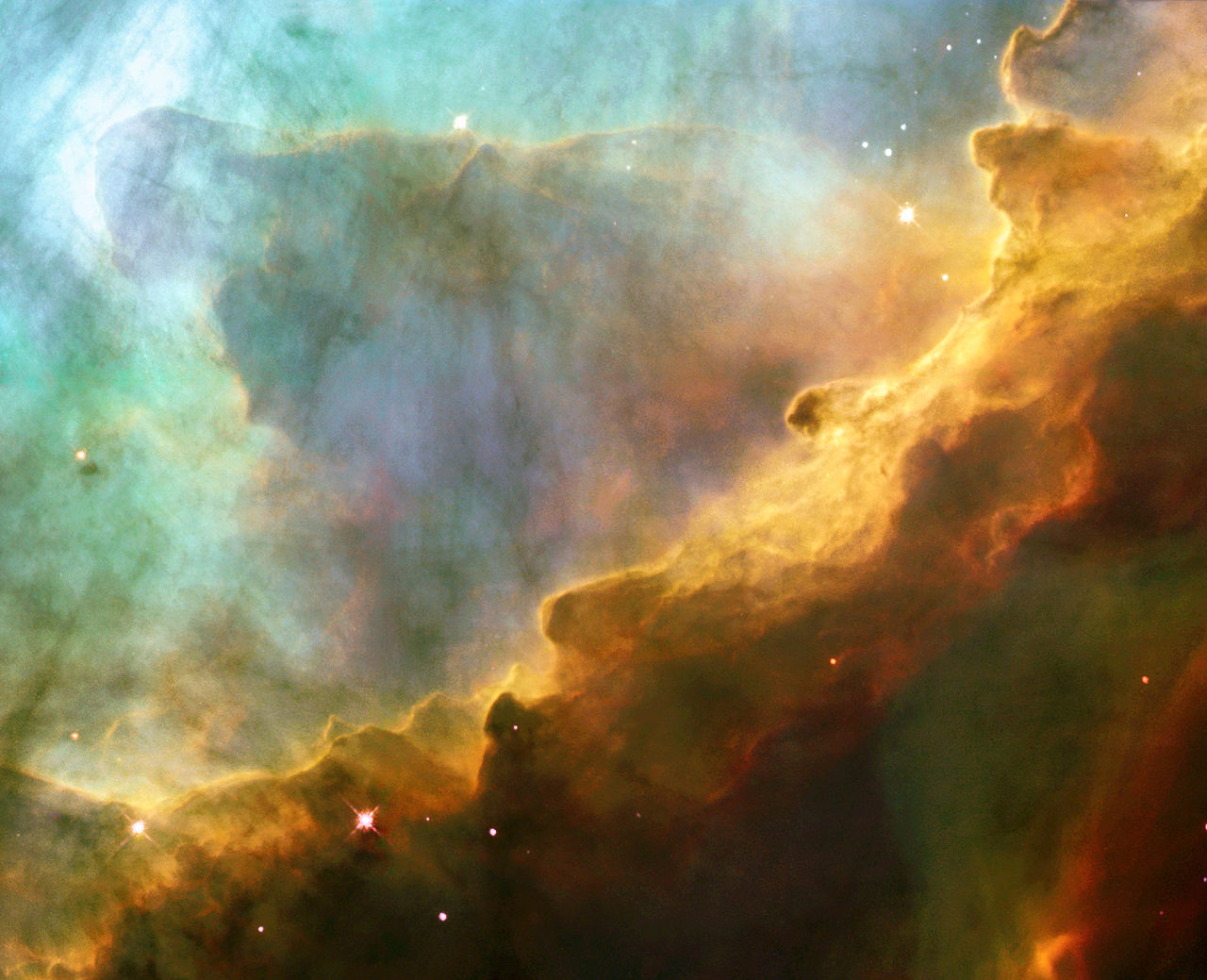Gaia
Gaia is the Earth. She is the offspring of Chaos and comes into being after Chaos

Gaia
Roman marble relief, about 10 BC, in Ara Pacis, an altar in Rome, dedicated to Pax, Roman God of Peace
Gaia was the Greek name for the Earth goddess, Mother Earth. The Roman version was Tellus, Terra Mater. Gaia was the first to arise from Chaos, the primeval of existence and then bore many of the deities and other creatures of ancient Greek mythology. Similar to Wisdom in Proverbs?
The Gaia hypothesis states that the earth is actually a living organism, complete with a “geo-physiology” that maintains a homeostasis, or favorable balance, of its climate, and chemical state.
Modern Gaia Theory was developed by Vladimir Vernadsky (the biosphere), and popularized by James Lovelock, a British scientist, who added biochemical, atmospheric and geological arguments. Lovelock’s thesis began during the 1960's with NASA’s search for life on Mars using various probes and considering how life or its precursors or effects could be detected. And the view of earth from space has changed our perceptions.
| Earth as seen from space (courtesy of NASA) |  |
|---|
According to Lovelock, “Planetary life must be able to regulate the atmosphere, the oceans and even geological elements”. But how can biota - life- affect such global things. “Life not so much adapted to Earth, but changed it.“ “Organisms adapt to the material state determined by the activities of their neighbors. Evolution of the species is strongly coupled with evolution of the environment.”
One argument in favor of this involves temperature. Temperature of the earth is dependent on heat coming from the sun and heat leaving the earth in the form of infrared radiation. That depends on clouds, composition of gases in the atmosphere and the color of plants and algae will affect the amount of light absorbed and reflected.
Life is a self-organizing system with an actively sustained low entropy. Entropy is a term for a measure of order or disorder in a system. According to the Second law of thermodynamics, things naturally go to a more disorder state - high entropy. Living organisms are very ordered and thus very improbable to spontaneously form. They require continuous input of energy and removal of entropy (as waste products) and complementary components in the system to use those products.
Whether or not Gaia Theory is a correct model, we must pay attention to concerns such as changes in levels of gases in the atmosphere, global warming, deforestation, erosion, pollution. We must be good stewards of the Earth.
The Next Reformation will consider Gaia and the Living Earth theory.


